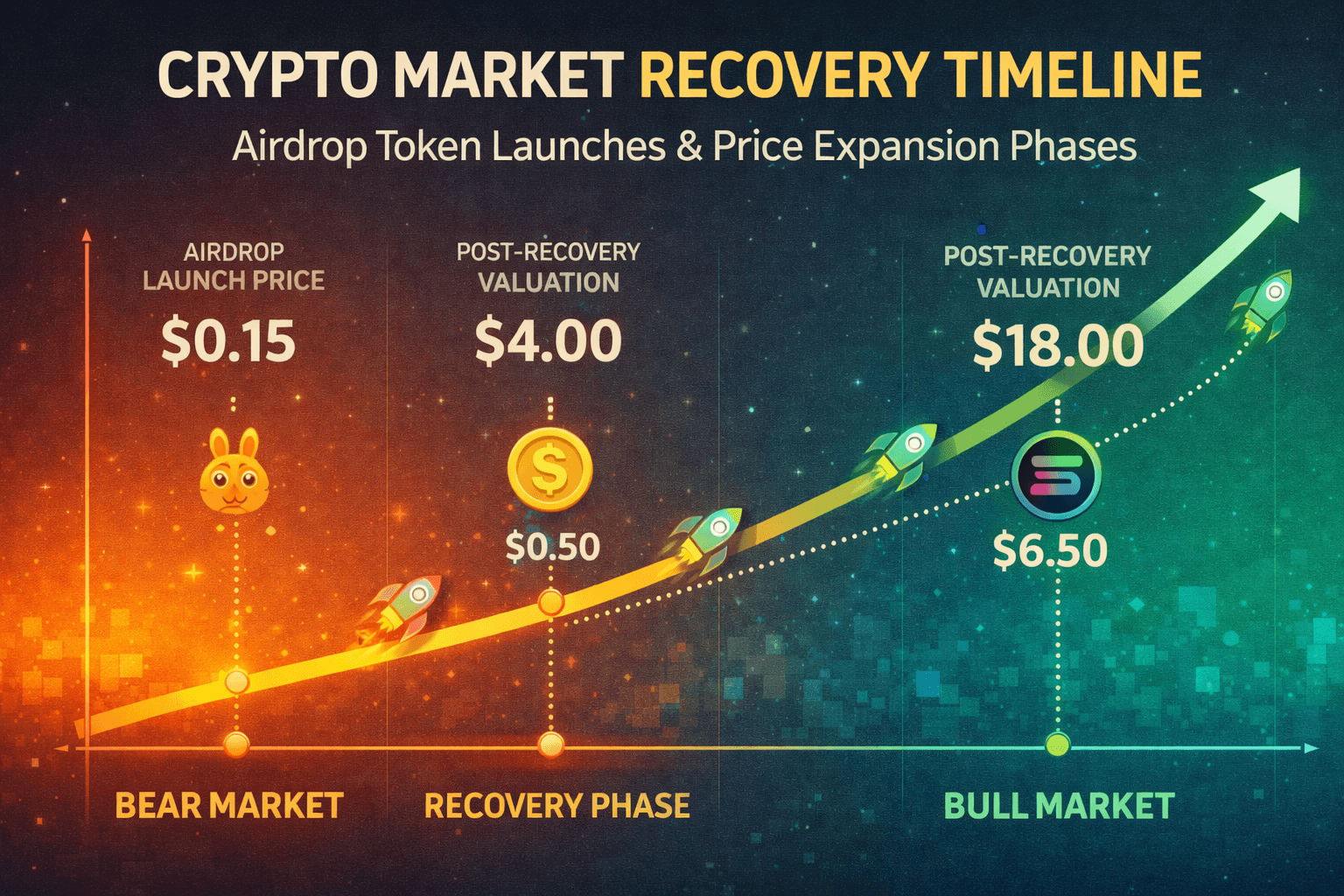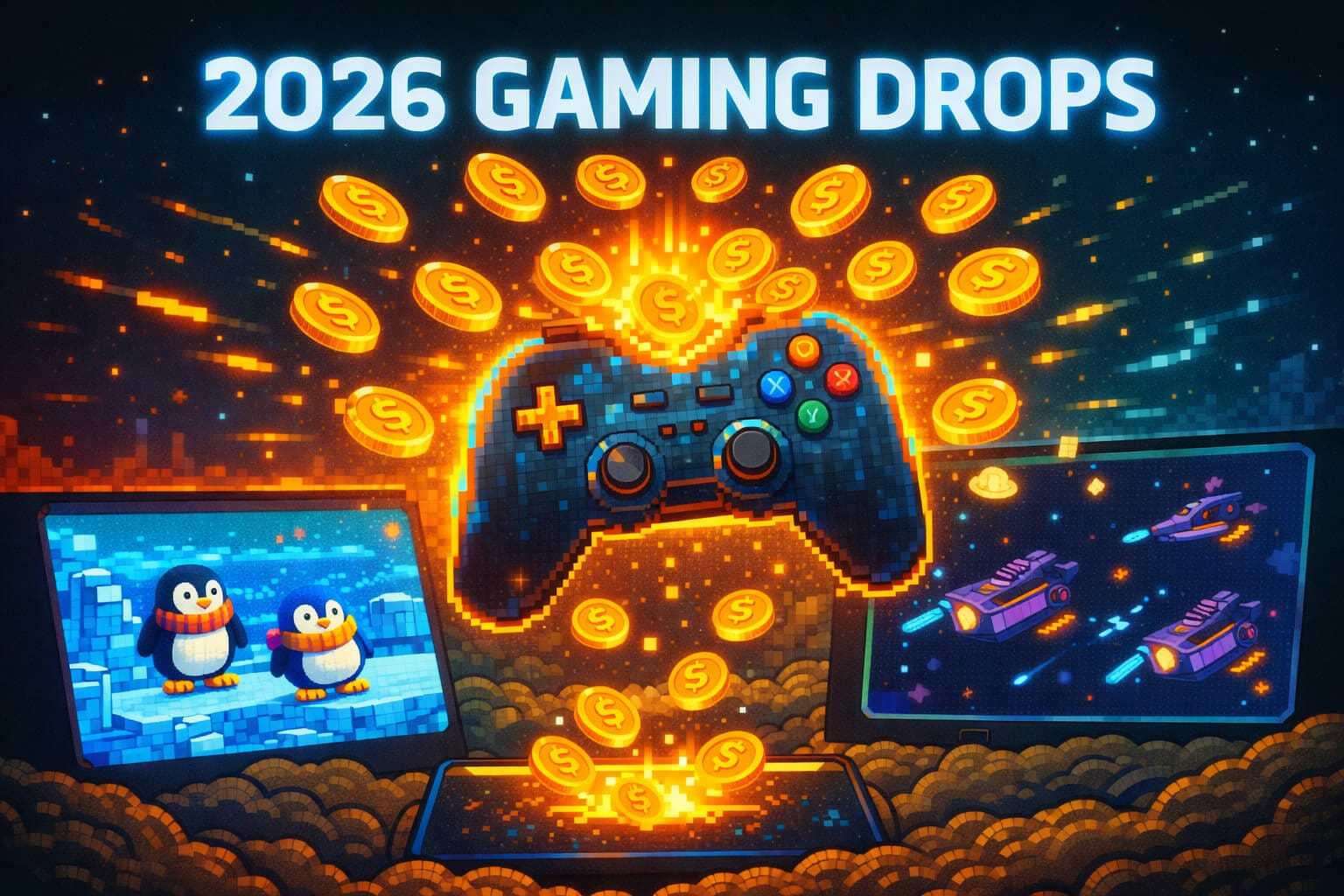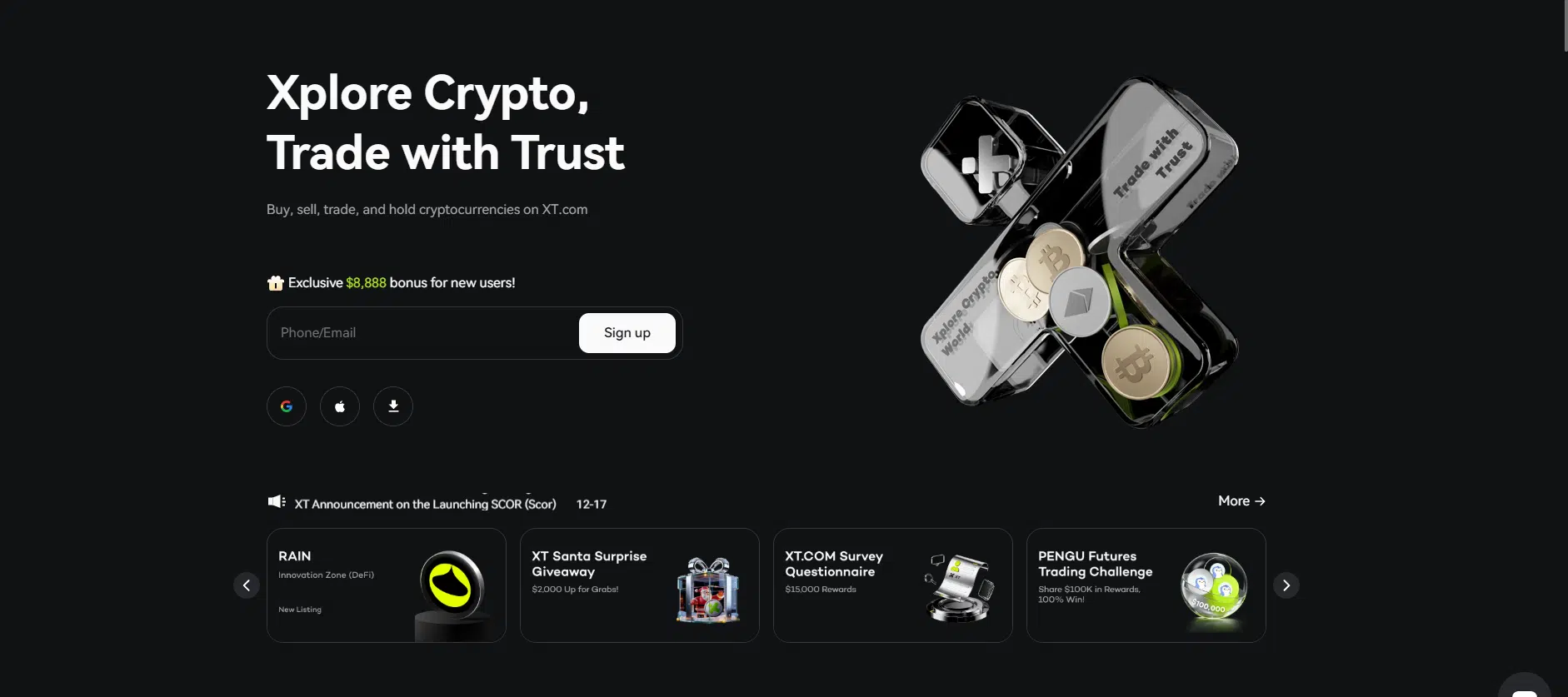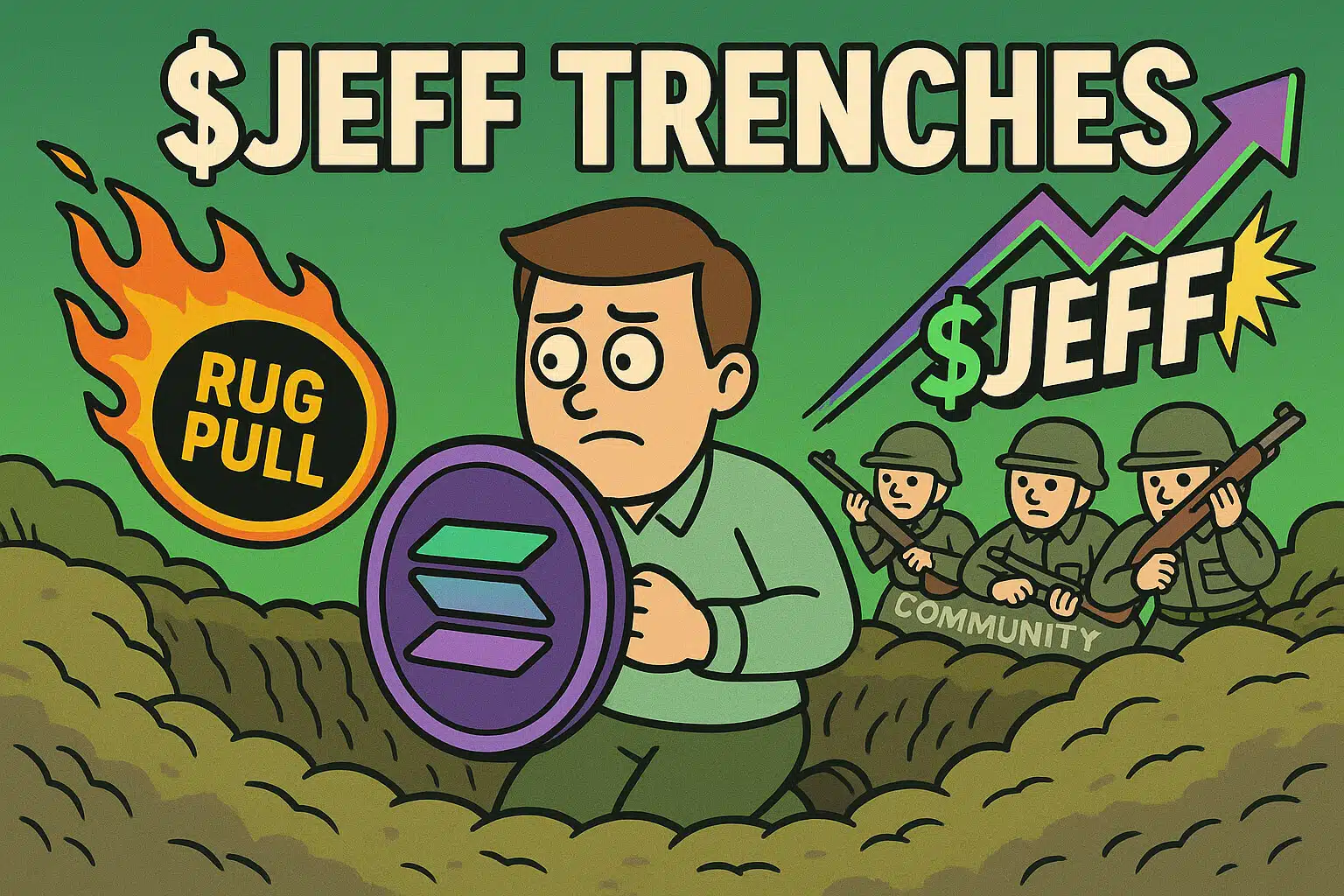Understanding Forks in Crypto: A Comprehensive Guide
The crypto world is full of complex terms and concepts, one of which is “fork.” But what exactly is a fork in the context of blockchain, and why is it significant? This guide will delve into the concept of forks, their types, and their implications for blockchain networks and investors.
What is a Fork in Crypto?
A fork in the crypto world refers to a change in the blockchain’s protocol, creating a split where one path follows the new protocol and the other continues along the old one. Forks are essential for implementing updates, fixing bugs, and introducing new features. They can result in two main types: hard forks and soft forks.
Types of Forks
Hard Fork
A hard fork is a radical change to the blockchain protocol that makes previously invalid blocks and transactions valid (or vice-versa). This requires all nodes or users to upgrade to the latest version of the protocol software. If some nodes do not upgrade, it creates a permanent divergence from the previous version of the blockchain, leading to two separate chains. Examples of hard forks include Bitcoin Cash (forked from Bitcoin) and Ethereum Classic (forked from Ethereum).
Why Hard Forks Matter
- New Features: Hard forks can introduce new features and functionalities that are not backward-compatible, enhancing the blockchain’s capabilities.
- Resolving Disputes: They can resolve disagreements within the community, leading to separate chains that align with different visions.
- Security Improvements: Hard forks can address critical security issues that cannot be fixed with backward-compatible changes.
Soft Fork
A soft fork is a backward-compatible upgrade, meaning only a majority of the miners need to upgrade to enforce the new rules. Nodes that have not upgraded will still see the new transactions as valid, but they won’t follow the new rules. Soft forks are typically used for minor upgrades and optimizations. An example of a soft fork is the Segregated Witness (SegWit) update on the Bitcoin network.
Why Soft Forks Matter
- Backward Compatibility: Soft forks maintain compatibility with older versions of the blockchain, ensuring a smoother transition.
- Network Upgrades: They allow for incremental improvements and optimizations without causing a split in the blockchain.
- Consensus: Soft forks require less consensus than hard forks, often leading to less contention within the community.
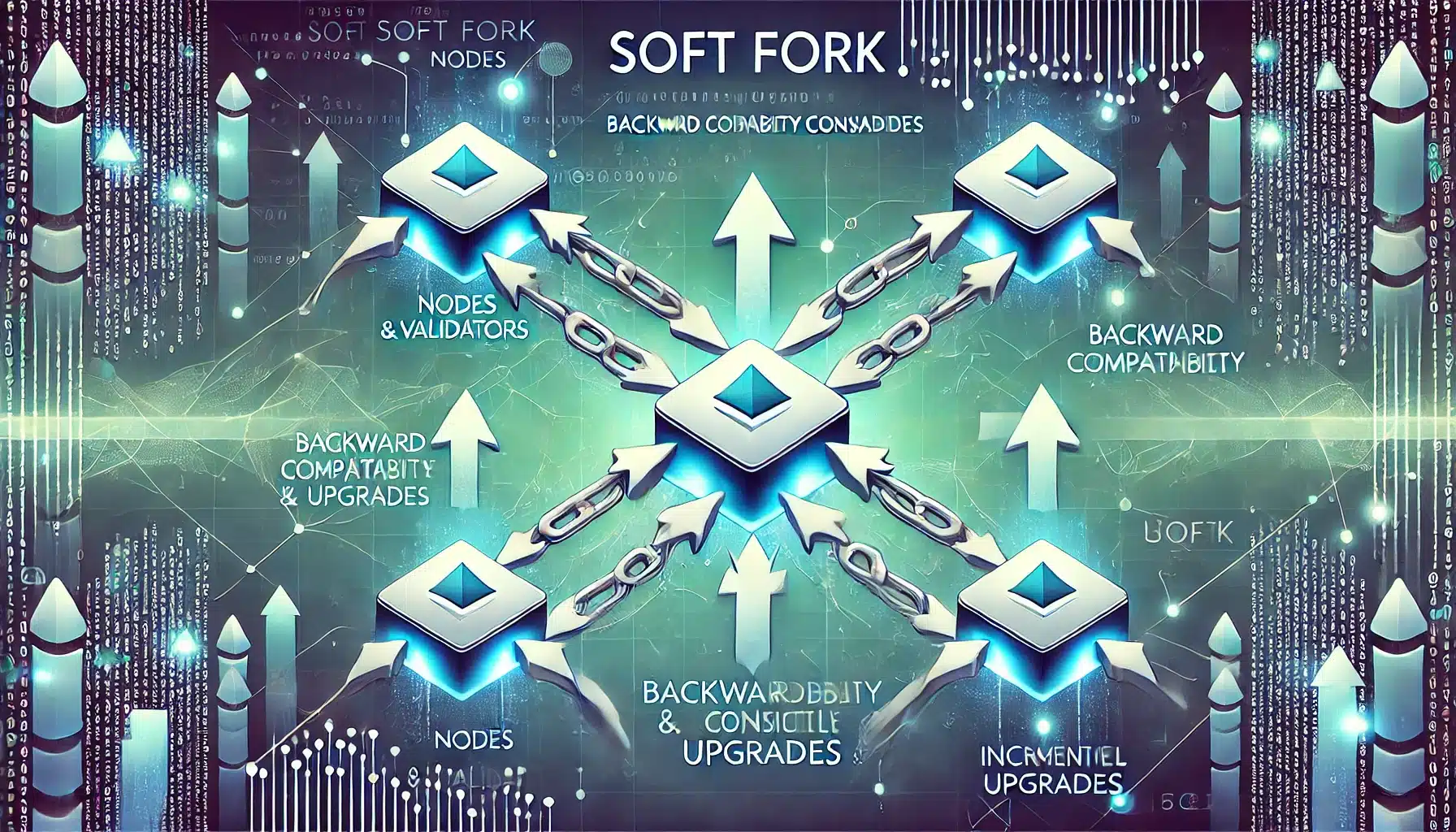
How to Navigate Forks in Crypto Investing
Stay Informed
Stay informed about upcoming forks by following project updates, community forums, and social media channels. Understanding the reasons behind a fork and the potential changes can help you make informed investment decisions.
Evaluate the Impact
Assess the impact of a fork on the blockchain’s functionality and community. Consider whether the fork addresses critical issues, introduces valuable features, or simply reflects a divided community. This evaluation can help you determine the potential long-term effects on the cryptocurrency’s value.
Diversify Your Investments
Diversifying your crypto investments can help mitigate risks associated with forks. By holding a variety of assets, you reduce your exposure to the uncertainties and volatility that forks can introduce.
Participate in the Community
Engage with the community to understand the sentiment and opinions regarding a fork. Active participation in discussions can provide insights into the potential success or failure of the forked chain.
Conclusion
Forks are a fundamental aspect of blockchain technology, enabling growth, innovation, and resolution of disputes. By understanding the different types of forks and their implications, you can better navigate the crypto landscape and make informed investment decisions. Stay engaged, stay informed, and leverage your knowledge to maximize the potential of your crypto investments.
For more tips and insights on navigating the world of Web3 and cryptocurrencies, be sure to read other informative blogs at Freecoins24.io and follow us on Twitter and Telegram for the latest Web3 Updates.






